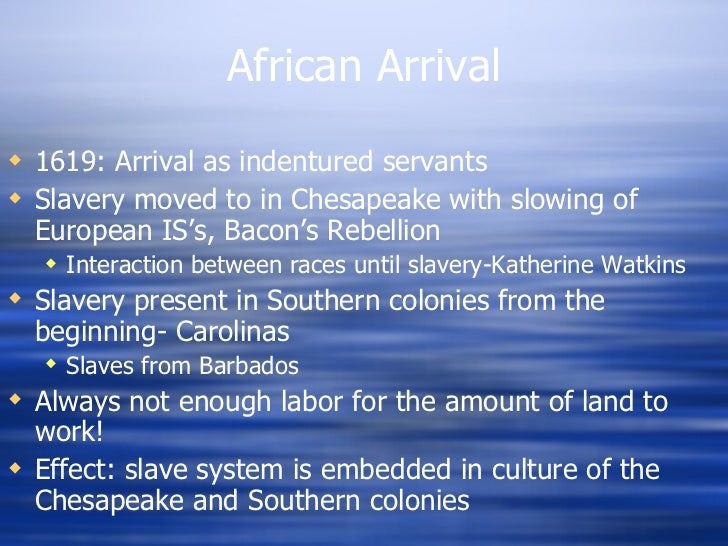
Cambridge: Harvard University Press, 2017. German Colonial Wars and the Context of Military Violence. Critiques the “continuity thesis,” discusses German colonial memory, and contains fifty-two illustrations. C6613 2012) Ī concise history of German colonialism covering the short duration of Germany’s imperialism from 1884-1919. Cambridge: Cambridge University Press, 2012. Talk to your local librarian for assistance.Ĭonrad, Sebastian. The results of that search indicate all libraries in your area that own that particular title.
#SOCIAL AMNESIA APUSH CODE#
Follow the “Find in a library near you” link in each citation and enter your zip code at the Open WorldCat search screen. Those unable to visit might be able to find these works in a nearby public library or acquire them through interlibrary loan. Annotations are provided to help the user determine the item’s focus, and call numbers for the Museum’s Library are given in parentheses following each citation. The following bibliography was compiled to guide readers to materials about the Herero and Nama genocide that are in the Library’s collection. To date, Germany has steadfastly refused to consider payment of reparations. Germany has not formally apologized for the genocide but is engaged in bilateral discussions as to when and if it will do so. A significant portion of the most arable land in Namibia is still owned by descendants of the German settlers. Now, more than a hundred years after the genocide, the government of Namibia is seeking reparations from Germany for land stolen and lives lost.

While these numbers are difficult to confirm, this figure represents about 80 percent of the Herero people and 50 percent of the Nama people. Such linkage between the two genocides has been termed the “continuity thesis.” Historians estimate that approximately 80,000 indigenous people were killed in the genocide. This genocide, the first of the twentieth century, was a prelude to the Holocaust in both the ideology of racial hierarchy that justified the genocide and in the methods employed.

The intent of these killings-which occurred through battle through starvation and thirst in the Omaheke Desert and through forced labor, malnutrition, sexual violence, medical experiments and disease in concentration camps-was to rid the colony of people viewed as expendable and thus gain access to their land. Between 1904-1907, German military forces, called Schutztruppe, committed a genocide against indigenous people in their colony of German Southwest Africa (present-day Namibia hereafter, GSWA).


 0 kommentar(er)
0 kommentar(er)
